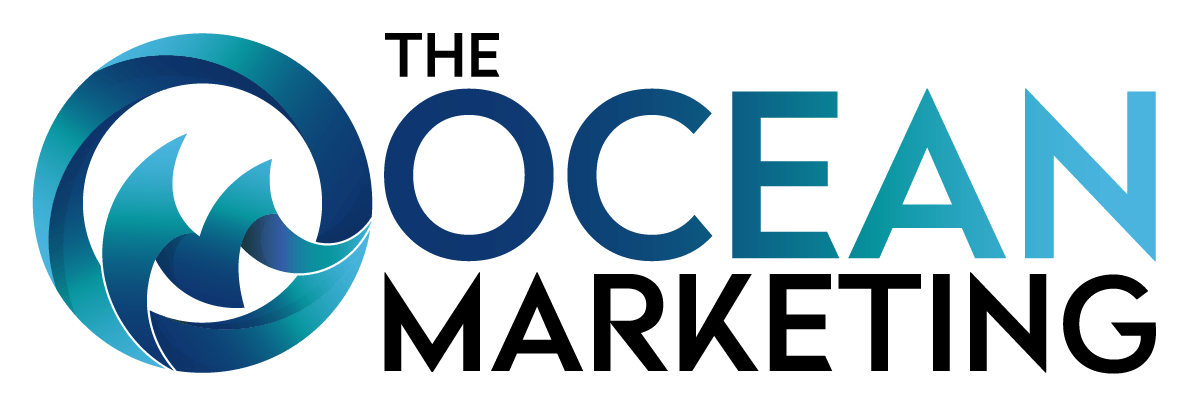
Duplicate content can quietly damage your website’s SEO performance. When the same or similar content appears across multiple URLs, search engines struggle to determine which version to index and rank. This confusion can dilute your link equity, waste crawl budget, and impact your visibility in search results.
A reliable way to solve this problem is through canonical URLs. Understanding and implementing them correctly ensures your site maintains a clean index, consolidated ranking signals, and optimal SEO performance.
What Is a Canonical URL?
A canonical URL is the version of a web page that search engines should treat as the authoritative or “master” copy. When multiple URLs show the same content, you can indicate the preferred one with a canonical tag in your HTML header, like this:
<link rel=”canonical” href=”https://www.example.com/preferred-page” />
This tells search engines, “This is the main page; consolidate all ranking signals here.”
For example, all these URLs might show the same content:
- com/page
- com/page?utm_source=email
- com/page?sort=asc
Without canonicalization, Google may index each separately, diluting their ranking power. A canonical tag ensures all versions credit the same main URL.
Why Duplicate Content Happens
Duplicate content can arise for many legitimate reasons, including:
- URL Parameters: Sorting and filtering on e-commerce sites create multiple versions of a product page.
- Session IDs or Tracking Tags: Analytics systems often append parameters to URLs.
- HTTP vs. HTTPS or WWW vs. Non-WWW: If both are live, they count as duplicates.
- Regional or Device Variants: A mobile version (example.com) might mirror desktop content.
- Printer-Friendly or Paginated Versions: Separate URLs for layout or convenience can duplicate content.
While Google doesn’t penalize duplication directly, it can confuse crawlers and split ranking power across pages. Canonical tags consolidate these signals into one version that search engines recognize as primary.
How Canonical Tags Work

Canonical tags act as signals to search engines, guiding them toward the correct page version. When Google encounters multiple URLs with similar content, it looks for canonical cues to decide which one should appear in results.
Here’s how the process unfolds:
- You designate the preferred page with a <link rel=”canonical”>
- Search engines consolidate link equity and ranking signals from duplicate pages into the canonical one.
- Only the canonical version appears in search results, avoiding self-competition.
It’s important to remember that canonical tags are hints, not commands. If your internal links or redirects conflict with your declared canonical, Google might choose a different page. To avoid this, keep your internal linking, redirects, and sitemap consistent with your canonical structure.
You can check canonical alignment in Google Search Console. If you see “Google selected a different canonical than user,” it may indicate conflicting signals that require review. Tracking recent ranking changes on your website can also help identify issues tied to incorrect canonicalization.
Canonical URLs vs. Redirects
Canonical tags and redirects both help consolidate content, but they serve different purposes:
- Canonical Tags: Suggest to search engines which page is preferred while allowing users to access multiple versions.
- 301 Redirects: Send both users and crawlers from one URL to another permanently.
Use a canonical tag when pages must coexist—for instance, product variations or tracking parameters. Use a redirect when you permanently move or merge content. For example, if two blog posts are combined into one, a 301 redirect is the right choice.
Knowing when to apply each helps maintain SEO strength without disrupting user experience.
Why Canonical URLs Matter for SEO

1. Prevents Duplicate Content Issues
Without canonicals, Google might index multiple URLs for the same content, causing your pages to compete against each other. Canonicalization ensures the right version ranks, keeping your search listings clean and consistent.
2. Consolidates Link Equity
If multiple URLs gain backlinks, a canonical tag funnels that authority to the preferred page. This consolidation strengthens your primary URL’s ranking potential and improves domain trust.
Maintaining healthy backlinks also involves addressing other technical issues, such as fixing broken backlinks, which supports your overall SEO strategy.
3. Improves Crawl Efficiency
Search engines have limited crawl budgets. Canonical tags help Googlebot skip duplicate URLs and focus on your most valuable content. This ensures faster indexing for new pages and prevents wasted crawl time.
4. Stabilizes Rankings During Site Updates
Website redesigns or URL changes can temporarily create duplicates. Canonical tags help retain ranking stability by signaling which URLs remain primary during transitions, reducing risks of 404 errors and ranking drops.
5. Enhances User Experience
By ensuring that search results lead users to the cleanest version of a page, canonicals improve navigation and reduce confusion caused by tracking URLs or duplicate versions. This can lower bounce rates and strengthen brand credibility.
Best Practices for Implementing Canonical Tags
To maximize their effectiveness, follow these proven practices:
- Use Absolute URLs: Always specify the full canonical link (including https://) instead of relative paths.
- Self-Canonicalize Important Pages: Each primary page should reference itself as canonical to confirm its preferred status.
- Avoid Canonical Chains: All duplicates should point directly to the main URL, not through multiple layers.
- Align All Signals: Ensure your internal links, redirects, and XML sitemaps all point to canonical URLs.
- Audit Regularly: Use Google Search Console to verify that the “user-declared” and “Google-selected” canonicals match.
- Watch for Common Errors: Avoid pointing canonicals to non-indexable or redirected pages, and keep only one canonical tag per page.
Read more: Google SEO starter guide insights
Common Mistakes to Avoid
Even small errors can cause big SEO setbacks. Be sure to avoid:
- Canonical tags pointing to incorrect domains (like test servers).
- Mixing up http and https
- Having multiple canonicals on one page.
- Using canonicals inconsistently with redirects or sitemaps.
Such mistakes can confuse search engines and undermine ranking stability. Regular technical SEO audits are the best way to keep your canonical setup healthy.
Final Thoughts
Canonical URLs are vital for a clean, efficient, and search-friendly website. They help consolidate ranking signals, eliminate duplicate content confusion, and ensure that search engines focus on your most valuable pages.
If your site suffers from inconsistent indexing or fluctuating visibility, reviewing your canonical setup is a smart first step. Proper implementation saves time, preserves authority, and improves crawl efficiency—all key factors in long-term SEO success.
To ensure your canonical strategy is set up correctly and working seamlessly across your site, reach out to the experts at The Ocean Marketing. You can contact us today to get tailored guidance and improve your site’s technical foundation for stronger search performance.

Marcus D began his digital marketing career in 2009, specializing in SEO and online visibility. He has helped over 3,000 websites boost traffic and rankings through SEO, web design, content, and PPC strategies. At The Ocean Marketing, he continues to use his expertise to drive measurable growth for businesses.

